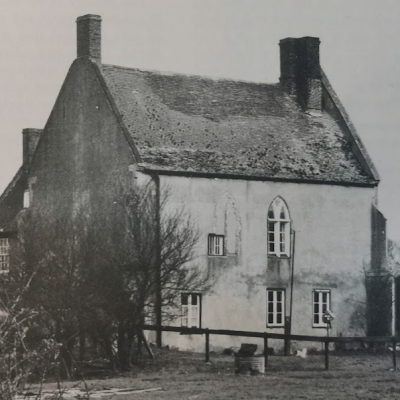Search by topic
- archaeology
- Building of Local Interest
- charity
- church
- crime
- dressmaker
- fire
- Great Eastern Railway
- Listed building
- Mapping Relief
- medieval
- oral history
- poverty
- Public House
- Rattee & Kett
- Religious House
- Roman
- scholar
- school
- Then and Now
- tudor
- women
- work
- world war one
- world war two
Search by text
Bran Ditch
History of Bran Ditch
The monument includes Bran Ditch, an Anglo-Saxon bank and ditch, c.5kms long, running from Black Peak in the north to Heydon in the south, as well as an associated Iron-Age enclosure at Black Peak, and a medieval lynchet north of Heydon village.
Bran Ditch is one of four parallel linear monuments, substantial ditches facing west with banks to the east, crossing the Cambridgeshire chalk plain from the springline and wetlands to the north to the junction of the chalk and boulder clay on the higher ground to the south. These monuments, generally referred to as the Cambridgeshire Dykes, increase considerably in scale from Bran Ditch to the west to Devil’s Dyke in the east, with Brent Ditch and Fleam Dyke in between: all are protected scheduled monuments, including the Bran Ditch.
In 1923 W M Palmer wrote:
I think it must have been levelled by the order of the King James I. As most of you know, he did hunting from Royston, but was an indifferent horseman and so was frequently issuing orders for the farmers to level their banks and to full in their ditches to prevent his being thrown from his horse, and he particularly mentions Fowlmere. If we follow the ditch up to Heydon Grange, we shall find a very evident bank, where it forms a roadway into that farm.
https://en.wikipedia.org/wiki/Bran_Ditch
Contribute
Do you have any information about the people or places in this article? If so, then please let us know using the Contact page or by emailing capturingcambridge@
License
This work is licensed under CC BY-NC-SA 4.0







